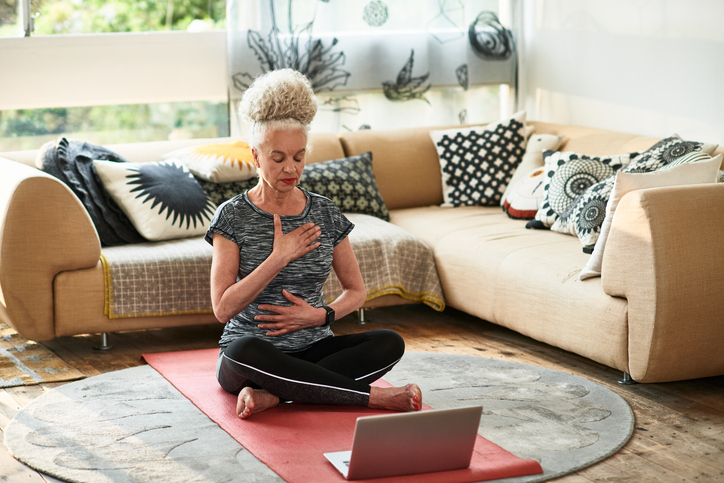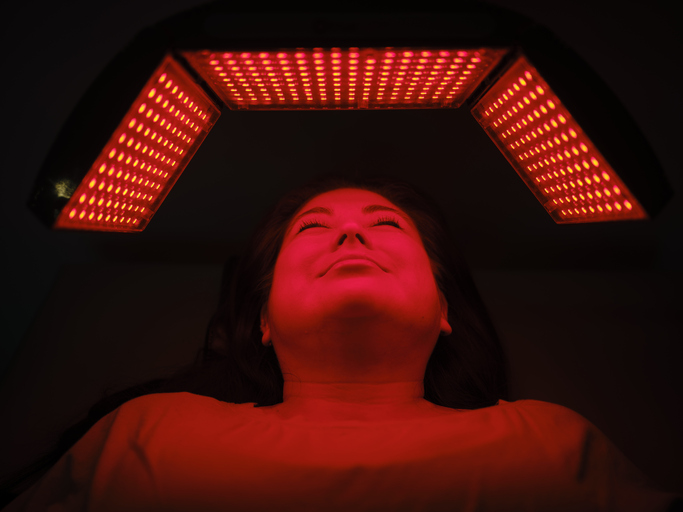Study Shows Internet Use May Be Beneficial, But Still Be Proactive

By Joy Stephenson-Laws, J.D., Founder
Most professions require spending a lot of time online, but sometimes I worry that we are all spending way too much time online and on our devices.
The good news is that an analysis of 16 years of data from 2.4 million people globally revealed evidence suggesting that internet use was linked to better overall well-being when compared to those that did not have access to the internet. The researchers looked at factors such as life satisfaction and sense of purpose.
According to the study, people who had access to the internet reported greater life satisfaction, positive experiences and social life satisfaction. They also reported lower scores in negative experiences than individuals who did not have access,” reported Medical Xpress.
“These results fly in the face of years of concern over the potential harms of internet use, which hit a crescendo in recent weeks as President Biden signed legislation that could lead to a national TikTok ban.”
Although it’s nice to see that internet use may improve life quality, I think it is always a good idea to be careful about the message you may take from such a study. I think internet use is beneficial because it is an incredible resource for knowledge, connecting with others and independence. It’s great that people can connect with their loved ones on Zoom or take advantage of telehealth appointments. Many people also use internet for working out. Of course, we all saw how truly invaluable the world wide web was during the COVID-19 pandemic.

In the same breath, however, I believe that internet use cannot be looked at in a vacuum. For example, just because internet use may be associated with more overall life satisfaction this does not mean that excessive internet use is beneficial. I think it is also crucial to be mindful of how you are using the internet. We all know that scrolling social media for hours and comparing your life to the seemingly perfect lives of others is definitely not good for mental health. It is also not good to be online right before bedtime, because this can disrupt our production of melatonin and circadian rhythm. In addition to this, if being online is causing you to be sedentary for the most of the day then this is a major issue.
(14 Days Is All It Takes to See the Bad Effects of a Sedentary Lifestyle!)
I also highly recommend not getting immersed in sad news online or diagnosing yourself over the internet. The internet is a beneficial tool, but it is easy to overuse and may cause some anxiety.

Sunlight is the main source of natural blue light (short wavelength, high energy). Think of blue light as your “wake up and go” type of light. Blue light is important for mental alertness and performance. If coffee were a light, blue light would be it. This type of light tells our bodies to slow down the production of melatonin (the sleep hormone that our bodies produce).
After the sun has set and it gets dark outside, we don’t really need blue light for the purpose of regulating our circadian rhythm (the inner 24-hour cycle that governs literally all our bodily functions from when we get up and go to sleep, when our metabolism is most active and when various organ systems work at their peak efficiency). Melatonin responds to darkness. When it gets dark outside, our brain receives the signal to start producing melatonin.
The problem is most of us are exposed to very high amounts of artificial blue light through smart phones, computers, tablets, televisions, LED (light emitting diode) lights and fluorescent lights when it’s time to start getting that melatonin production going. This may be one of the reasons why so many of us suffer from insomnia and other sleep issues.
Be proactive with red light therapy.If you are a regular reader of pH blogs, you have likely read about red light therapy (RLT). It is a form of low-level laser (light) therapy (LLLT) and is offered in many medical office settings. During a session, the light delivers wavelengths of natural red and near infrared light. It’s like the wavelengths you get from sunlight without the harmful UV rays.

The power of red light therapy mainly has to do with its impact on mitochondria. Almost every cell in our bodies has several thousand mitochondria. Also called the cell’s powerhouse, mitochondria make an energy in the body called (adenosine triphosphate) ATP. Optimizing ATP production is a great way to improve overall health in a number of ways, and red light therapy has shown that it can increase ATP production. This can lead to a number of benefits such as improved sleep quality and duration, lower blood sugar levels, more youthful skin and more.
Enjoy your healthy life!
Disclaimer: This article is not intended to provide medical advice. Please consult with your doctor or another competent healthcare practitioner to get specific medical advice for your situation.
The pH professional health care team includes recognized experts from a variety of health care and related disciplines, including physicians, attorneys, nutritionists, nurses, and certified fitness instructors. This team also includes the members of the pH Medical Advisory Board, which constantly monitors all pH programs, products, and services. To learn more about the pH Medical Advisory Board, click here.







